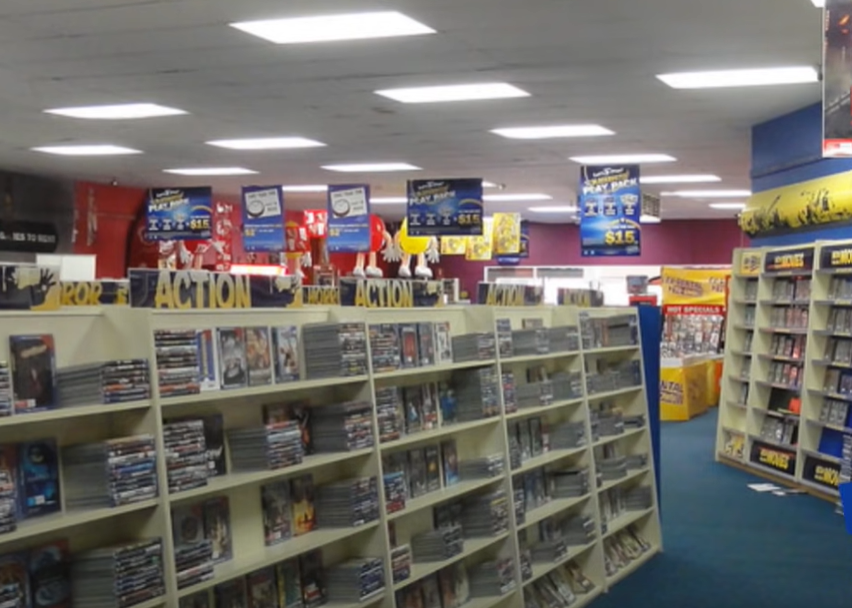
Blockbuster was once a dominant force in the movie rental industry, with thousands of stores and millions of customers worldwide. However, the rise of streaming services and changes in consumer behavior eventually led to the company’s downfall. In this article, we will explore what Blockbuster did wrong that caused them to fail.
One of the key mistakes that Blockbuster made was a failure to recognize and adapt to the rapid changes in technology that were occurring in the entertainment industry. The company was heavily invested in the traditional brick-and-mortar model of movie rental stores, with customers coming in to browse the shelves and rent physical copies of movies and TV shows.
As streaming services like Netflix and Hulu began to gain popularity in the early 2000s, Blockbuster was slow to respond. They did eventually develop a streaming service of their own, called Blockbuster On Demand, but it was too little, too late. By the time Blockbuster entered the streaming market, Netflix had already established a significant lead and had become synonymous with the concept of streaming.
Another mistake that Blockbuster made was a failure to understand and adapt to changing consumer behavior. As the internet became more prevalent, consumers began to rely more heavily on online reviews and recommendations to make purchasing decisions. However, Blockbuster continued to rely on traditional marketing tactics like in-store promotions and advertising.
Blockbuster also failed to recognize the importance of customer experience and convenience. As more and more people began to lead busy lives and demand more convenience, Blockbuster’s insistence on physical stores and late fees began to seem outdated and inconvenient. In contrast, streaming services like Netflix offered the convenience of being able to watch movies and TV shows from anywhere with an internet connection, without having to worry about late fees or returning physical copies.
In addition to these technological and consumer behavior issues, Blockbuster also faced internal challenges that contributed to their decline. The company was known for its overly aggressive expansion strategy, opening thousands of new stores in a short period of time. This left them with a bloated infrastructure and a high overhead, which made it difficult for them to compete with more agile and efficient competitors.
Another major factor in Blockbuster’s decline was their failure to adapt to changes in the retail landscape. As more and more consumers began to shop online, Blockbuster’s brick-and-mortar stores began to seem increasingly irrelevant. Despite attempts to shift their business model and focus on online sales, Blockbuster was ultimately unable to compete with the likes of Amazon and other online retailers.
Ultimately, Blockbuster filed for bankruptcy in 2010 and began closing its stores. While the company still exists today in the form of a handful of independently owned franchise stores, it is a shadow of its former self and serves as a cautionary tale for other companies that may be facing similar challenges.
So, what lessons can we learn from Blockbuster’s failure? First and foremost, it is essential for companies to be willing to adapt to changing technology and consumer behavior. This means investing in research and development, embracing new ideas and technologies, and being willing to pivot when necessary.
It is also important for companies to have a clear strategic vision and to focus on long-term growth and sustainability. This means resisting the temptation to focus solely on short-term profits and instead investing in initiatives that will create long-term value for the company and its stakeholders.
Finally, companies must be willing to embrace change and to constantly innovate in order to stay ahead of the competition. This means having a culture of innovation and creativity, and being willing to take risks and try new things.
Blockbuster’s failure was the result of a combination of factors, including a failure to adapt to changing technology and consumer behavior, internal challenges, and a failure to adapt to changes in the retail landscape. By learning from Blockbuster’s mistakes and taking steps to avoid similar pitfalls, companies can position themselves for long-term success in a rapidly changing business environment.


